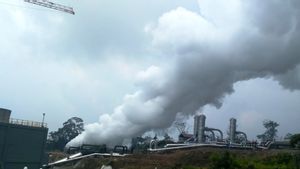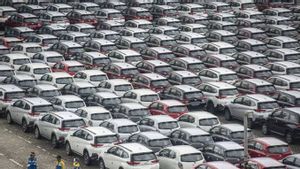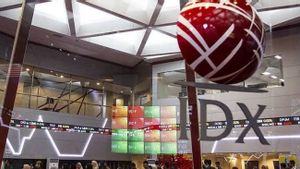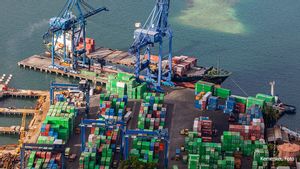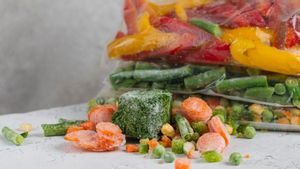JAKARTA - PT Pupuk Indonesia (Persero) claims to have reduced carbon emissions by 1.91 million tons of CO2 equivalent in 2023.
Director of Portfolio and Business Development of Pupuk Indonesia Jamsaton Nababan assessed that this effort had exceeded the carbon emission reduction target set by the company for 2023, which was 1.21 million tons of CO2 equivalent.
"In 2023, our CO2 emissions have actually exceeded the target, we have absorbed 1.91 million tons of CO2. The target is 1.21 million tons, but what we have reduced is 1.91 million tons," said Jamsaton Nababan at the 2024 Green Economy Expo, in Jakarta, Thursday.
The company targets the reduction in carbon Pupuk Indonesia emissions by 2030 to reach 3.4 million tons, so that by 2060, Pupuk Indonesia is expected to be free of emissions.
Jamsaton explained that the company's efforts to reduce CO2 emissions were not merely to comply with the rules, but were indeed directed to create a sustainable fertilizer industry.
Pupuk Indonesia has reduced emissions by implementing decarbonization initiatives through a circular economy approach with the principles of reducing, renewing, and recovering.
According to Jamsaton, how much the Company's efforts to contribute to achieving the Nationally Determined Contribution (NDC) target will have a long-term impact on the sustainability of national fertilizer production.
"So we have to be compatible with global regulations. We don't want our fertilizer products to be boycotted one day, on the other hand, we are now starting to enter (decreasing carbon emissions)," he said.
SEE ALSO:
He admitted that the fertilizer industry is indeed one of the industries that produces quite large CO2 emissions.
This is because the majority of raw materials for fertilizer are gas.
"So that means, this fertilizer production process is indeed inseparable from the use of fossil energy, and provides CO2 emissions. To produce fertilizers, the first process is from gas, conversion to ammonia, ammonia and urea, and its derivatives," said Jamsaton.
However, he assessed that the carbon emissions could still be processed and used for other industries.
Examples of processing into soda ash that can be used as raw material for making glass.
The English, Chinese, Japanese, Arabic, and French versions are automatically generated by the AI. So there may still be inaccuracies in translating, please always see Indonesian as our main language. (system supported by DigitalSiber.id)






